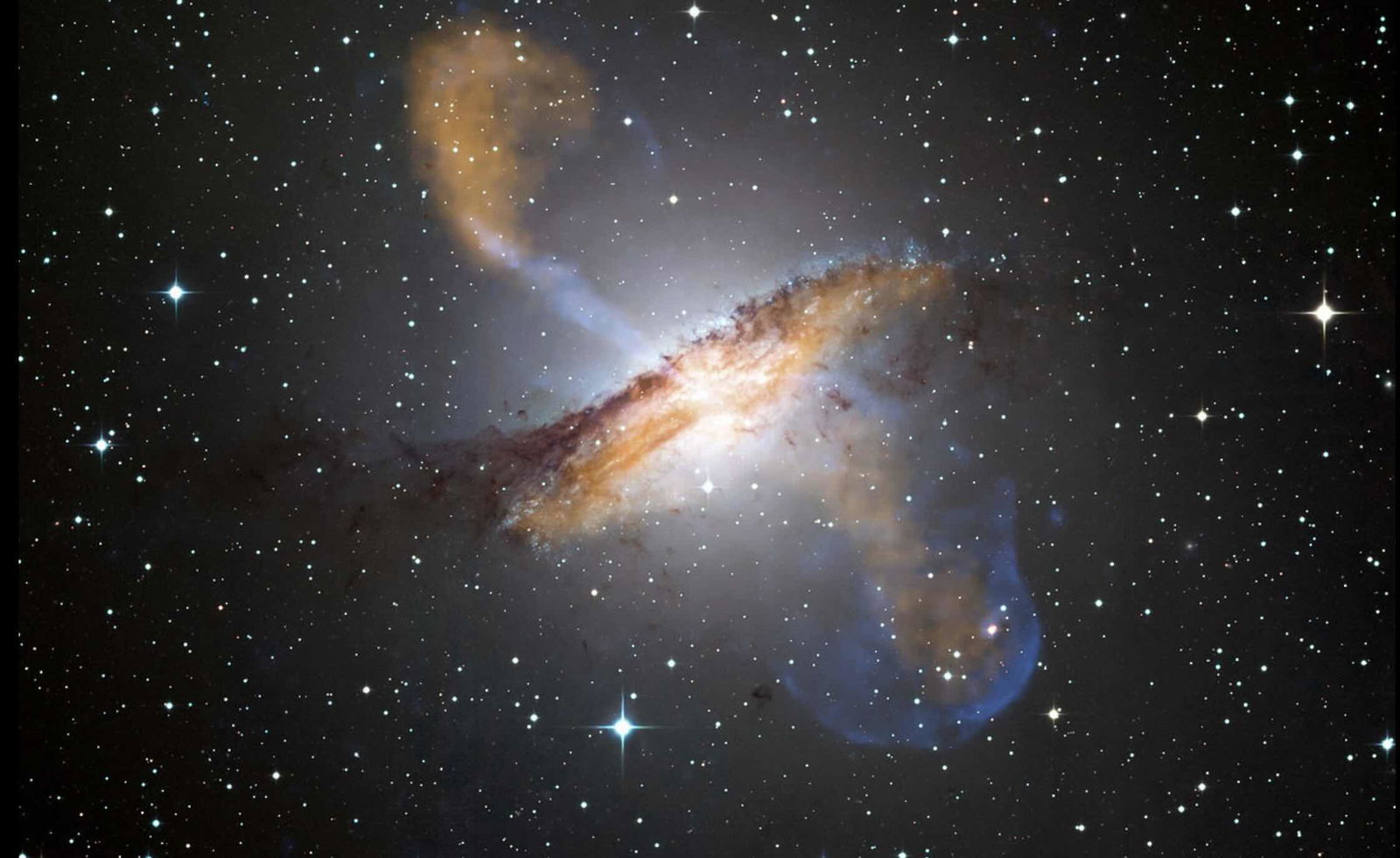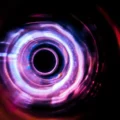Recently, a new paper was published in the prestigious scientific journal Physical Review Letters by the lead author Alvaro Alvarez-Dominguez from Spain and colleagues from Canada, with the title, “No Black Holes from Light.” The publication was highlighted recently in the “Research Highlights” section of Nature magazine (Nature, Volume 632, page 233).
“We show that it is not possible to concentrate enough light to precipitate the formation of an event horizon,” the abstract of the paper reads. “We argue that the dissipative quantum effects coming from the self-interaction of light (such as vacuum polarization) are enough to prevent any meaningful build-up of energy that could create a black hole in any realistic scenario.”
As soon as I saw this paper before my morning jog, it was clear that the authors ignored gravity in their equations. This omission is critical to their incorrect conclusion because gravity is the main driver for the collapse of a dense region into a black hole.
Early in the universe’s history, the cosmic energy budget was dominated by radiation composed of photons and relativistic particles, including electron-positron pairs, neutrinos of all flavors, muon, and tau leptons, anti-leptons, W+, W—and Z bosons, and a plasma of quarks and gluons of all types in thermal equilibrium.
The Universe expanded slowly enough for these particles to reach thermodynamic equilibrium in the first 10 microseconds after the Big Bang. In this thermal state, the process considered by the authors – pair creation by vacuum polarization, also called the Schwinger effect after the Harvard physicist Julian Schwinger, who discovered it theoretically in 1951, was balanced by the reverse process of pair annihilation, not only for electron-positron pairs but for all particle-antiparticle pairs. The existence of relativistic particles, in addition to photons in thermal equilibrium, only changes the effective number of degrees of freedom of the radiation field or, equivalently, the total energy density at a given temperature.
Einstein’s equations of General Relativity imply that a spherical region in the early universe, filled with radiation in thermal equilibrium of an energy density above the critical value, 3H2/8 G, where H(t) is the Hubble parameter at time t, would collapse to a black hole. The spherical region, whose interior is described by the Friedmann-Lemaire-Robertson-Walker spacetime, could have a sharp outer boundary and be surrounded by vacuum. In that case, the spacetime outside of this boundary would be described by the Schwarzschild solution for a black hole with a mass M equal to the total mass-energy enclosed within the finite sphere.
Applying Birkhoff’s and Israel’s theorems to the spherically symmetric spacetime interior to the boundary implies that it follows the evolution of a closed Universe that eventually collapses to a singularity within a finite time in a Big Crunch. This final state would be a black hole, described by the full Schwarzschild spacetime.
The radius of the cosmic horizon at a time of 10 microseconds after the Big Bang was 3 kilometers. The radiation temperature at that time was 150 MeV or 1.74 trillion degrees Kelvin – 294 times the electron rest-mass, with an equivalent mass density of 20 quadrillion grams per cubic centimeter. It is possible to create a Schwarzschild black hole with the mass of the Sun by concentrating a thermal radiation bath at this temperature within a spherical region smaller than 3 kilometers.
Finally, we note that black hole creation out of light does not demand a radiation field of extreme intensity. If we were to fill the present-day universe with thermal blackbody radiation at room temperature, 300 degrees Kelvin above absolute zero, no electron-positron pairs would be produced by the Schwinger mechanism of the associated infrared photons. However, the radiation energy density would exceed the critical value for collapse to a black hole singularity by a factor of ~30,000. Gladly, we do not live inside the event horizon a black hole because the actual temperature of the cosmic microwave background, 2.73 degrees Kelvin, is 110 times smaller, making the radiation field sub-critical by a factor of ~5,000.
In conclusion, black holes can be made out of light. In fact, it is possible that dark matter is essentially equivalent to primordial black holes in the asteroid mass range of 10 to the power of 17-22 grams. If that is the case, most of the matter in today’s Universe was created by the collapse of thermal radiation into black holes in the first 10 picoseconds after the Big Bang. But even today, giant black holes could be created by concentrating low-energy photons in a large enough volume of space.
Avi Loeb is the head of the Galileo Project, founding director of Harvard University’s – Black Hole Initiative, director of the Institute for Theory and Computation at the Harvard-Smithsonian Center for Astrophysics, and the former chair of the astronomy department at Harvard University (2011-2020). He is a former member of the President’s Council of Advisors on Science and Technology and a former chair of the Board on Physics and Astronomy of the National Academies. He is the bestselling author of “Extraterrestrial: The First Sign of Intelligent Life Beyond Earth” and a co-author of the textbook “Life in the Cosmos”, both published in 2021. His new book, titled “Interstellar”, was published in August 2023.

